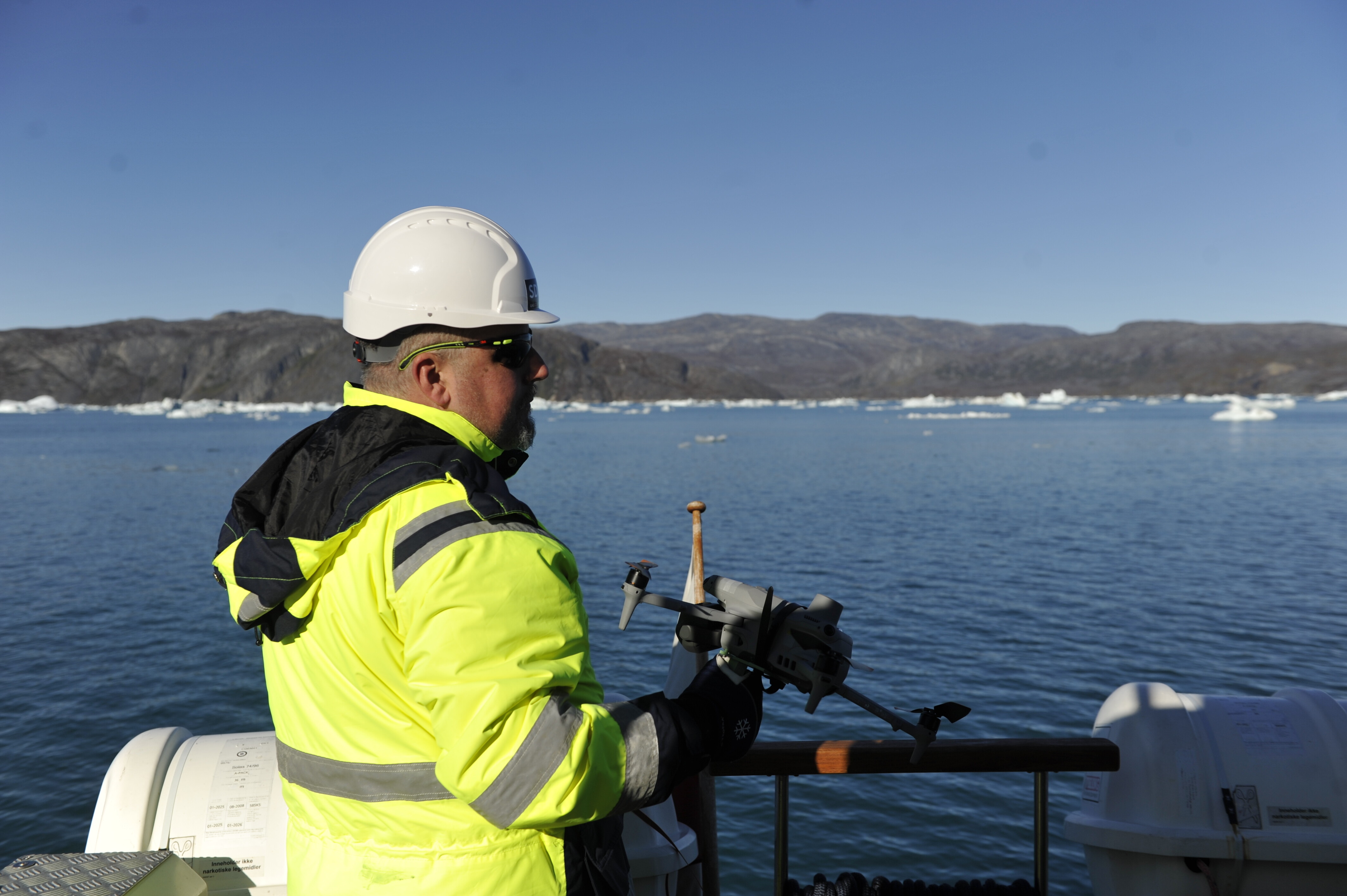What’s China’s role in tackling global warming?

This article is published in collaboration with Caixin Online.
No issue reflects the shared interests of mankind more than global warming. For this reason, more than 100 heads of state are gathering in Paris from November 30 to December 11 for the 21st session of the conference of Parties to the Kyoto Protocol to draw up emission reduction goals beyond 2020. President Xi Jinping is the first top Chinese leader to attend the conference.
Rising temperatures and unusual weather patterns that have resulted from excessive emissions of carbon dioxide have had an adverse impact on the environment and on people’s livelihoods. As such, the international community urgently needs to establish new targets for emissions reduction and a road map for overhauling the way we develop our economies and nurture innovation in order to shift toward a low-carbon way of life.
International climate change negotiations, which began at the first World Climate Conference in 1979, have made some headway by agreeing to keep global temperatures to less than 2 degrees Celsius by the end of the century. However, talks have also suffered startling setbacks. The Copenhagen round of talks in 2009 failed to lead to specific commitments to new emissions reductions target by the 115 signatory countries.
Despite this, the Paris conference has rekindled hopes for putting in place a coordinated global action plan on climate change for the years after 2020. We have good reason to feel optimistic, as some 160 signatory countries have submitted to the UN Climate Change Secretariat their plans for reducing emissions.
The United States pledged to cut emissions from the 2005 level by 26 to 28 percent by 2020, and the European Union committed itself to a reduction of at least 40 percent in 2030 from the levels in 1999. China has been hailed for an ambitious plan to cap emissions around 2030, when the use of non-fossil fuels is to account for about one-fifth of its energy consumption. These are the reasons for the hope that participating countries can come up with a milestone agreement during the Paris conference, one that allows the global community to face up to the challenges of global warming.
Since the beginning of the year, China has played a key role in bridging the differences separating developing and developed countries in fighting climate change. It has reached bilateral climate change deals with the United States, France, India and the European Union, and these efforts will help clear up obstacles confronting the negotiations in Paris.
However, major differences still loom large. China, France and many countries hope to draw up a legally binding accord for emission reductions, an idea the United States has opposed. Because other countries might side with Washington, many analysts worry that even if an accord is reached in Paris, its implementation could be compromised as a result.
Another stumbling block in climate change negotiations is how countries set binding emission reduction targets under the principle of “common but differentiated responsibilities,” which requires developed countries to shoulder more responsibility.
A third issue involves funding and technology to support emission cuts in developing countries. While developed countries have promised to provide US$ 100 billion each year in funding and technological support, they have been slow in following through on these pledges, particularly since the financial crisis. If the international community does not deal with these issues, the Paris round of talks could end in failure and the world will lack an international effort to prevent dangerous rises in global temperatures.
China must take an active role in the Paris talks, not only to show it is a responsible partner, but also because it is in the country’s long-term interests to rein in global warming. The smog that often blankets large areas of the country should serve as a wake-up call for China to strengthen its protection of the environment, including emissions reduction. The smog and carbon dioxide that contribute to foul air are a result of inefficient development that relies too heavily on fossil fuels.
The Chinese government painted a worrisome picture in its third national assessment report on climate change released by Ministry of Science and Technology last month, saying that temperatures could rise by 1.3 to 5 degrees Celsius by the end of the century and that precipitation could increase by 2 to 5 percent on average. “The negative impact of climate change on social and economic development is becoming noticeably deeper,” the government said in the report. Global warming could threaten the sustainability of water and energy resources and grain production, it warned.
Domestic challenges have been China’s primary motivation for fighting global warming. The country’s leaders have made emission cuts part of their overall political and economic agenda, an approach that has facilitated a shift toward low-carbon development.
While China and the United States disagree on many international issues, the two major powers share an interest in fighting climate change. At the end of a summit between Xi and U.S. President Barack Obama in Beijing in November last year, the two leaders made a historic joint announcement on climate change, emphasizing each country’s commitment to emissions reductions. We hope the meeting between the two in Paris can bring about more concrete results.
Preventing global temperatures from rising too fast is a fight we cannot afford to lose. People around the world are turning their attention to Paris in the hopes that the 196 countries under the UN Framework Convention on Climate Change will show sincerity, flexibility and wit in hammering out a final agreement on emissions reduction. For China, the key is to deliver what it has promised.
Publication does not imply endorsement of views by the World Economic Forum.
To keep up with the Agenda subscribe to our weekly newsletter.
Author: Hu Shuli is the editor-in-chief of Caixin Media and Caixin Century Weekly. She is also the Dean of the School of Communication and Design at Sun Yat-sen University.
Image: A woman wearing a mask makes her way at a business district during a polluted day in Beijing, China, June 29, 2015. REUTERS/Kim Kyung-Hoon.
Don't miss any update on this topic
Create a free account and access your personalized content collection with our latest publications and analyses.
License and Republishing
World Economic Forum articles may be republished in accordance with the Creative Commons Attribution-NonCommercial-NoDerivatives 4.0 International Public License, and in accordance with our Terms of Use.
The views expressed in this article are those of the author alone and not the World Economic Forum.
Stay up to date:
Future of the Environment
Related topics:
Forum Stories newsletter
Bringing you weekly curated insights and analysis on the global issues that matter.
More on Climate Action and Waste Reduction See all
Sergio Mujica
November 19, 2025







